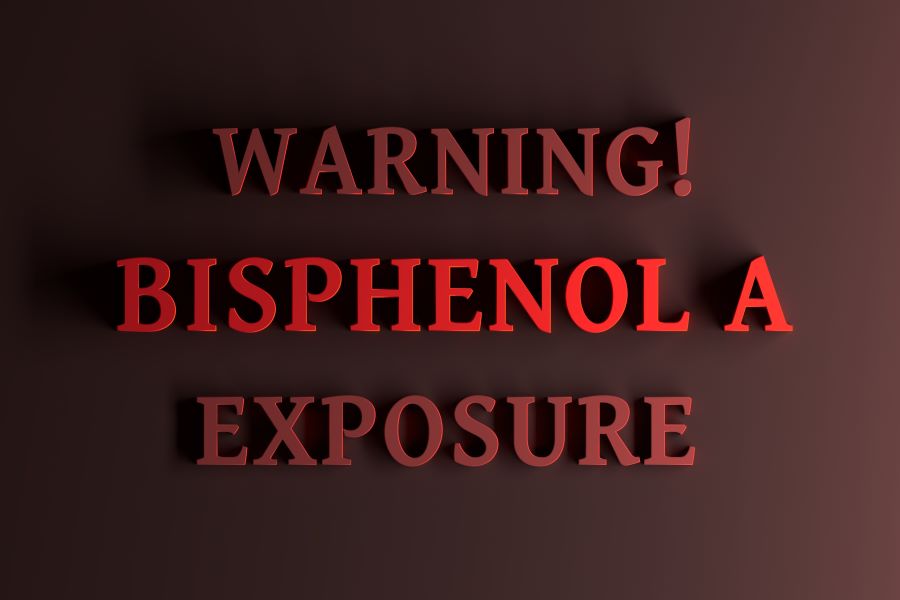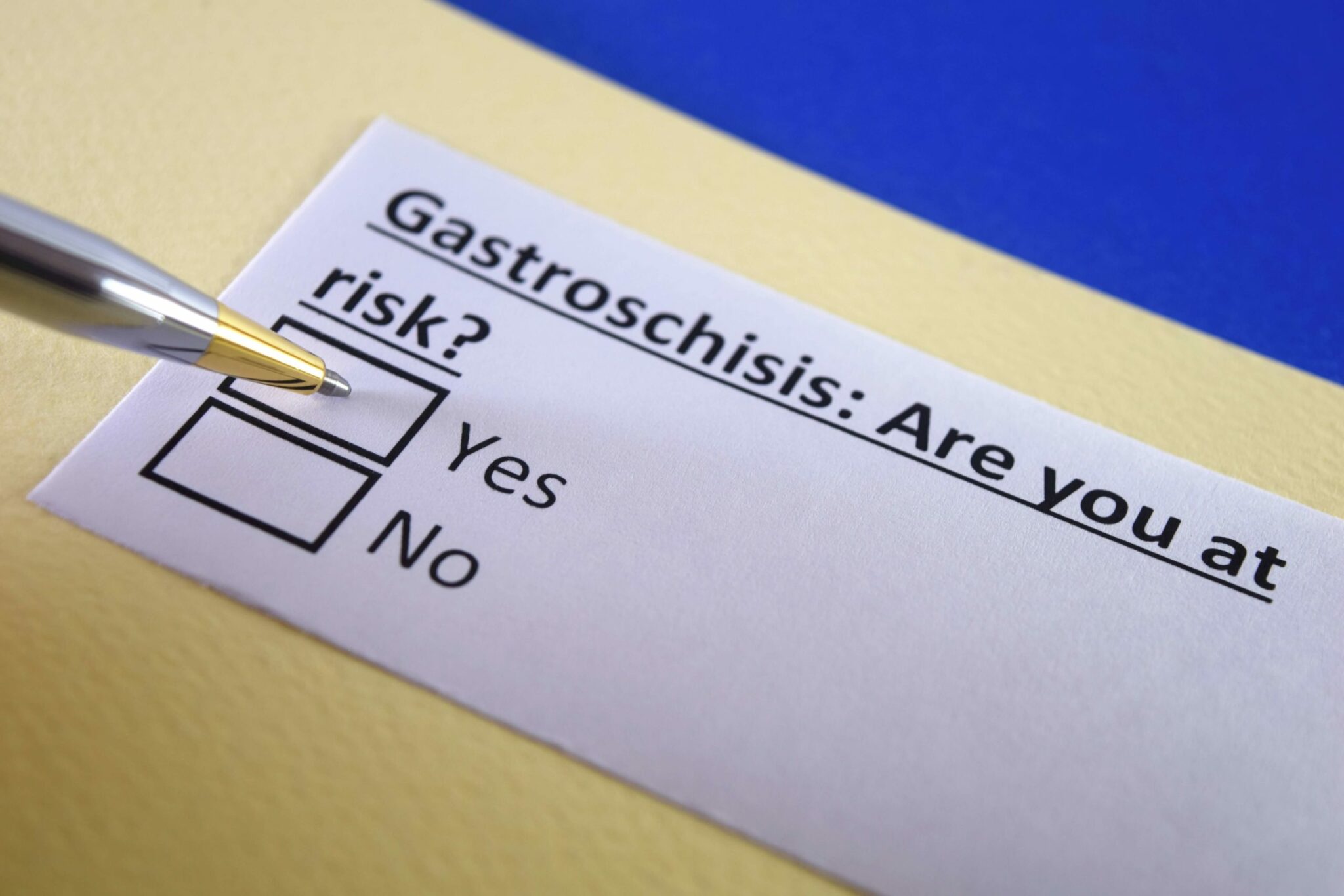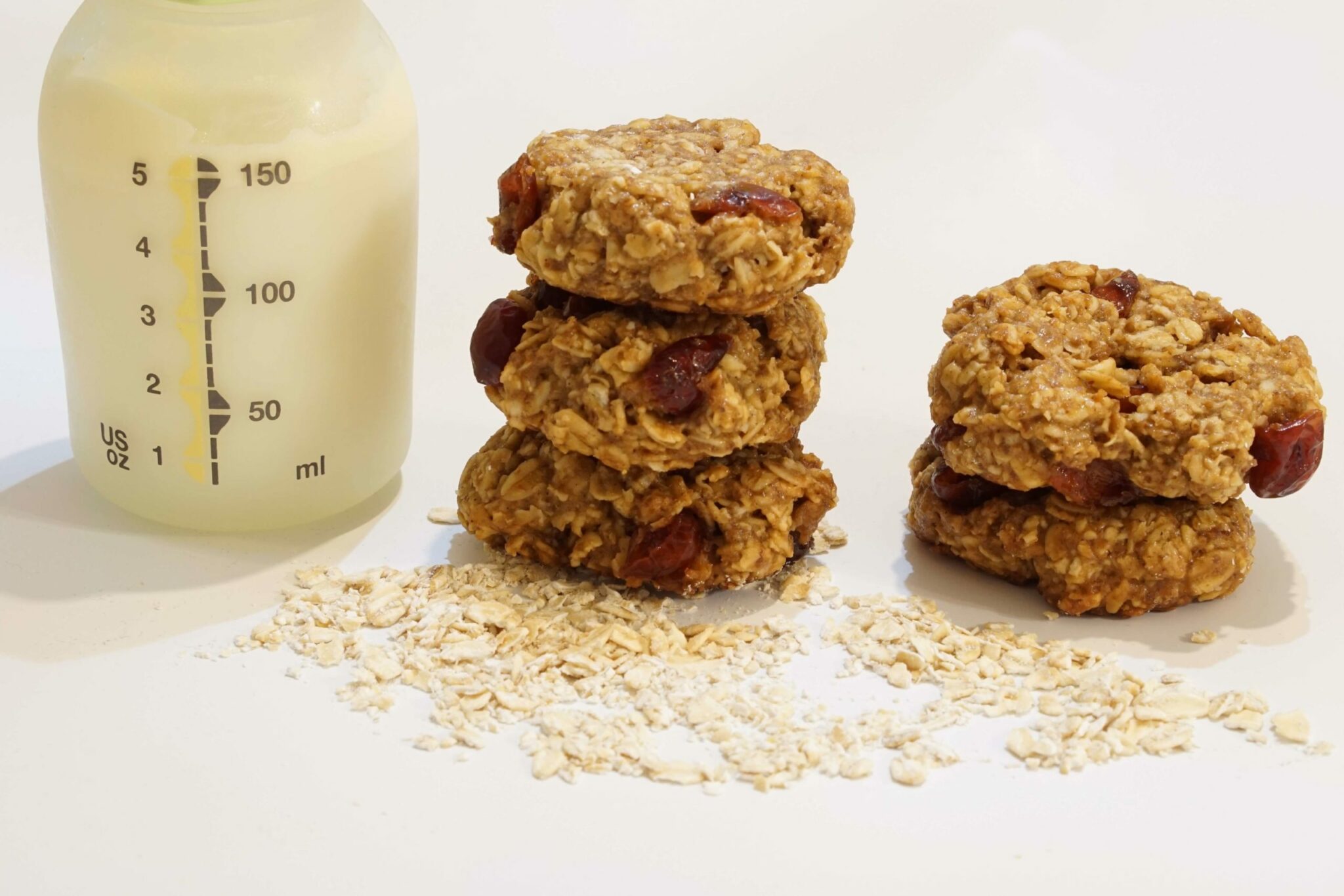Minimizing Exposure to BPA


Although the final verdict is out regarding the safety of Bisphenol A, or BPA, in a young child’s diet, the U.S. Food and Drug Administration currently recommends minimizing children’s exposure to BPA.
BPA is used to make hard plastics and to line metal food and beverage containers, and BPA can be transferred from the container into food. More BPA gets transferred when very hot liquids or foods come into contact with BPA packaging.
Baby bottles and infant cups in the US do not contain BPA anymore, but other packaging still does, including some containers of infant formula.
Here are some tips for minimizing your child’s exposure:
Consider breastfeeding your baby for at least 12 months as recommended by the American Academy of Pediatrics, but be aware that breast milk can contain traces of BPA due to maternal exposure. If you’re breastfeeding, you may want to minimize your own exposure to BPA. Still, a breastfed infant’s exposure to BPA is less than what would occur for most formula-fed babies, and after one day most of the BPA in a woman’s system is excreted in her urine.
If you’re using infant formulas, stick with powdered infant formula mixes if possible, as they usually have very little detectable BPA.
There are small amounts of BPA in some canned liquid formulas. Heating the cans increases the amount of BPA in the formula. Ready-to-feed liquid formula can be served at room temperature, or you can warm your baby’s formula in a separate, BPA-free container.
Shop for containers labeled BPA-free. Opaque plastic or glass bottles also qualify.
Avoid polycarbonate bottles and cups, which are labeled with the recycling number 7. These may contain BPA unless specifically marked “BPA-free.”
Only put plastics labeled “microwave safe” in the microwave. Only put plastics labeled “dishwasher safe” in the dishwasher. Otherwise, you may release BPA from the plastic.
Avoid pouring boiling liquid into a polycarbonate container. After cleaning or sterilizing a bottle, allow it to cool to room temperature before using it.
Get rid of scratched and worn bottles and cups. They release more BPA and harbor more bacteria.
Contact your baby’s formula manufacturer with specific questions about their use of BPA-free materials in their containers.
Sources:
- US Food and Drug Administration
- Bisphenol A (BPA): Use in Food Contact Application.
U.S - Department of Health & Human Services
- Bisphenol A (BPA) Information for Parents.
American Academy of Pediatrics - Baby Bottles and Bisphenol A (BPA).
American Medical Association - Bisphenol A (BPA).
Powered by Bundoo®










































